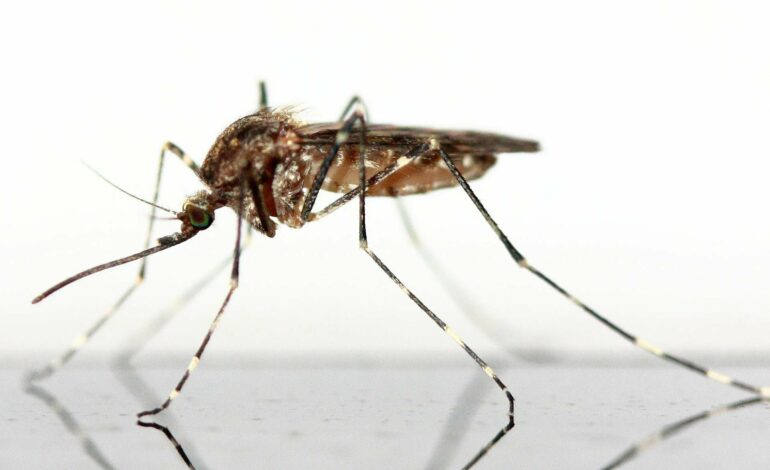It’s not often that you see genetic systems described as “bizarre” in the title of a scientific research paper. That is unless it’s from the lab of San Francisco State University Associate Professor of Biology Scott Roy, who has a particular penchant for weird genetics.
In his latest paper for PNAS (Proceedings of the National Academy of Sciences), Roy and his collaborators provide the first empirical evidence supporting a hypothesis for the evolution of haplodiploidy, the unusual sex-determining system found in species like bees, ants and wasps.
The most familiar sex-determining system is the XX/XY system, in which females tend to have a pair of X sex chromosomes and males have an X and Y. In many species (like humans), a sperm and egg—haploid cells that each contain a single copy of genetic material including a single sex chromosome—come together to create a diploid individual with two copies of genetic material. In haplodiploidy, however, females follow the egg-sperm system while males arise from an egg alone. This means that males only have half the genetic information of their female counterparts (all from their mom).
“There’s a sort of fundamental puzzle in biology, which is how is there weird stuff?” Roy said. “Either the weird thing evolved all in one step or it had to have happened by a series of steps, each of which was accepted by evolution.”
The problem is that it’s hard to explain the evolutionary transition from the more familiar sex determining system to haplodiploidy, Roy says. Since haploid males have less genetic material and no paternal genes (reducing genetic diversity), we’d expect them to have a lower chance for survival. So how have species maintained haploid males?
The key might be in intragenomic conflicts (i.e., conflicts between different genes within an individual) that destabilize genetic systems and promote the origin of new systems (like haplodiploidy). According to this hypothesis, genes linked to dad’s X chromosome might be biasing sperm production towards making more X-containing sperm, leading to more daughters (XX) than sons. If so, this could drive the production of haploid males to rebalance the ratio of males to females. Researchers suspect this would happen in the presence of a larger X chromosome.
“The idea that conflict between genes in a single organism could be propelling evolution has been around for a while. But to date there’s are very few or no empirical tests of it,” Roy said.
That’s because it’s a difficult hypothesis to test in known species and distinguish from other possible explanations, he adds. But that didn’t stop him and his collaborators.
They sequenced the whole genome of dark-winged fungus gnats, gall midges/gnats and springtails to work around some of their experimental challenges. These species are essentially haplodiploid but would allow the researchers to separate the conflict hypothesis from other proposed hypotheses.
The analysis revealed that these species indeed have very large X chromosomes compared with related diploid species. Their large X chromosomes took up between 16% to 66% of a species’ genome.
“Typically, 1 to 5% of the genome is about the X chromosome, but in these systems it’s almost half the genome. That’s a very big and clear difference,” said first author Noelle Anderson, a University of California, Merced Ph.D. student in Roy’s lab. (Roy has a secondary adjunct professorship at UC Merced.)
The exciting thing is how clear the data is, Roy explains. “We’re talking about over tens of millions of years of evolution here, maybe hundreds. And to see this clear a pattern in bioinformatics data is almost unheard of,” he added.
This evidence supports the idea that intragenomic conflicts could drive the evolution of novel biological systems, Roy says. He credits SF State’s culture for emboldening him to pursue this tricky project.
“I would never have developed the skills or the confidence for us to go off in this [research] direction, and so it’s sort of a tribute to San Francisco State,” Roy said. “I feel a lot of intellectual freedom here.”
Anderson, who initially worked with Roy in the summer of 2014 as an SF State NSF Research Experience for Undergraduates researcher, will return to the University after graduation as a lecturer teaching bioinformatics.
More information:
Noelle Anderson et al, Gene-rich X chromosomes implicate intragenomic conflict in the evolution of bizarre genetic systems, Proceedings of the National Academy of Sciences (2022). DOI: 10.1073/pnas.2122580119
Provided by
San Francisco State University
Citation:
Study begins to unravel the mysterious evolution of fatherless male insects (2022, July 1)



